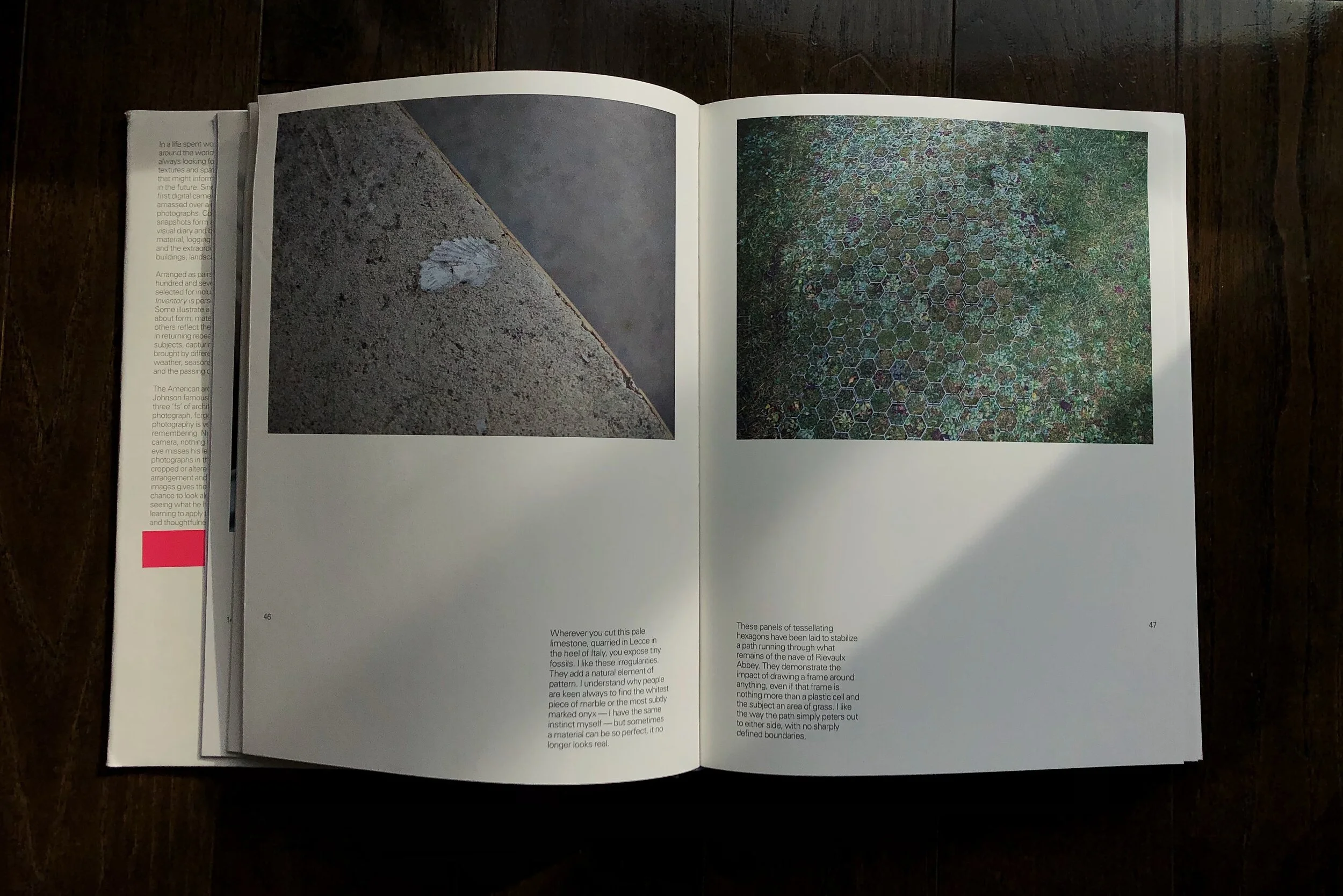Here are 3 books that enabled me to articulate and tiptoe onto my path of “noticing more”. I remember the feeling of discovery when I first dipped into their pages, they were full of wide-eyed moments punctuated with, “YESSSSSSSS, THAT’S WHAT I AM TRYING TO SAY!".
These three books are I often quote and share pages of on our Instagram Stories. I drag them out when having wine-fuelled curious conversations with close friends. They are “up there” on my list of recommended reads and resources for all things Super Ordinary Life. In all honesty, they are much more than that - they extend and supersede anything that I can word and I just love them.
George Nelson. How to See. Visual Adventures in a World God Never Made.
Many will know George Nelson as a founding father of American modernism, industrial designer , architect and director at Herman Miller. Less might know that Nelson was rarely without a camera. “ He snapped photos spontaneously and constantly, less concerned about the niceties of artful composition that simply recording the people, places and things that caught his eye. dozens of rolls of films at a time”. Nelson accumulated tens of thousands of images that helped him articulate his fascination with what he called visual literacy”. This eventually grew into this manifesto on how to recognize, evaluate, and understand the objects and landscape of the man-made world.
John Pawson. A Visual Inventory.
Unfortunately, this book is out of print and I was sad when Phaidon emailed to confirm that it won’t be reprinted anytime soon. I managed to track one down online from a secondhand bookstore and it arrived a couple of days before we moved to Japan!
By the time A Visual Inventory was published in 2012, John Pawson’s photo archive held some 250,000 images. 288 of them have made it into this book where they collectively form an insightful visual diary accompanied with personal commentaries that inspire articulate ways of looking and thinking at ordinary sights.
Alan Fletcher. The Art of Looking Sideways.
Alan Fletcher was a founder of the leading design firm Pentagram and considered by many in the graphic design world to be a contemporary master. Describing himself as a ‘visual jackdaw’, Fletcher distilled a lifetime of experience and reflection into this brilliantly witty and inimitable exploration of such subjects as perception, colour, pattern, proportion, paradox, illusion, language, alphabets, words, letter, ideas, creativity, culture, style, aesthetics and value. This colossal book is a primer in visual intelligence and an exploration of the workings of the eye, the hand, the brain and the imagination. I love this book immensely, to me, it’s worth its weight in gold.
This book is also out of print but buying secondhand is a great idea!
Aside from being published by Phaidon, all three books were written by prominent designers who made a lifestyle of collecting observations. Designers have a distinctive way of observing the world in search of solutions and problems, It’s worth keeping that in mind when you consider these books. These books come at the subject of observing the everyday from a comprehensive and analytical perspective.
I will be back soon with another trio of books that inspired by journey in Super Ordinary Life.











